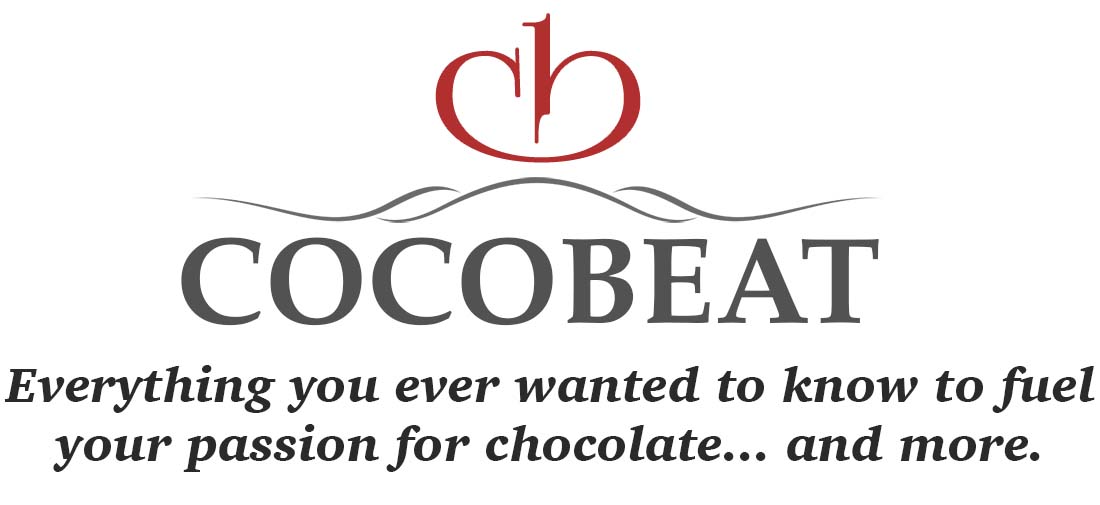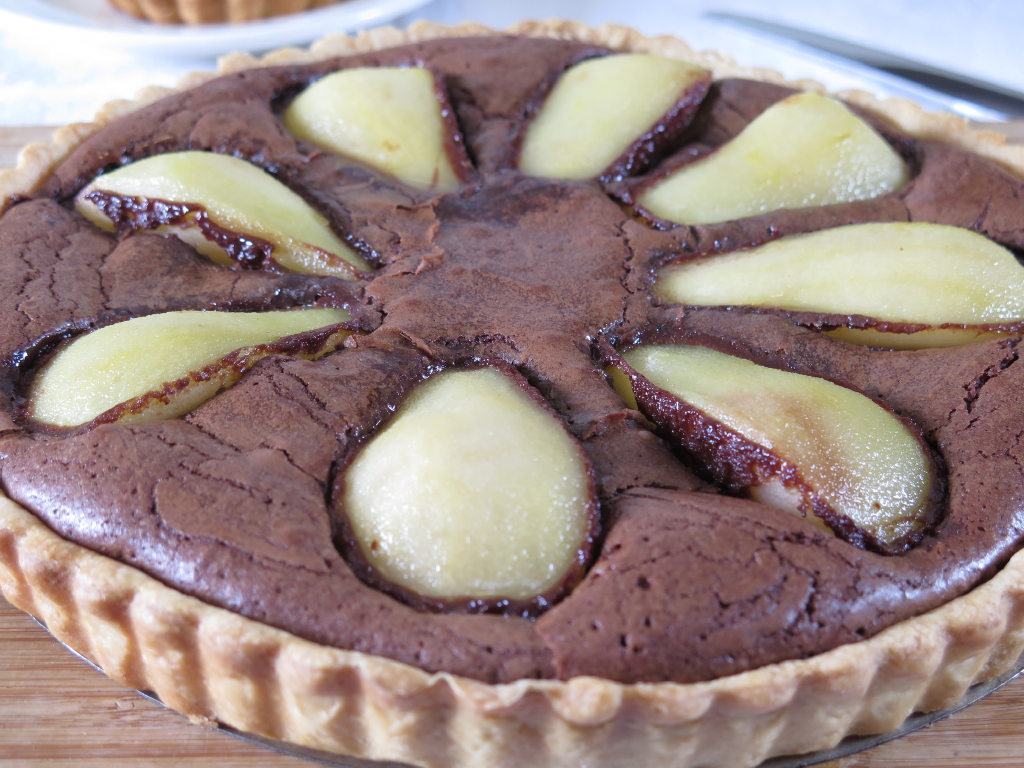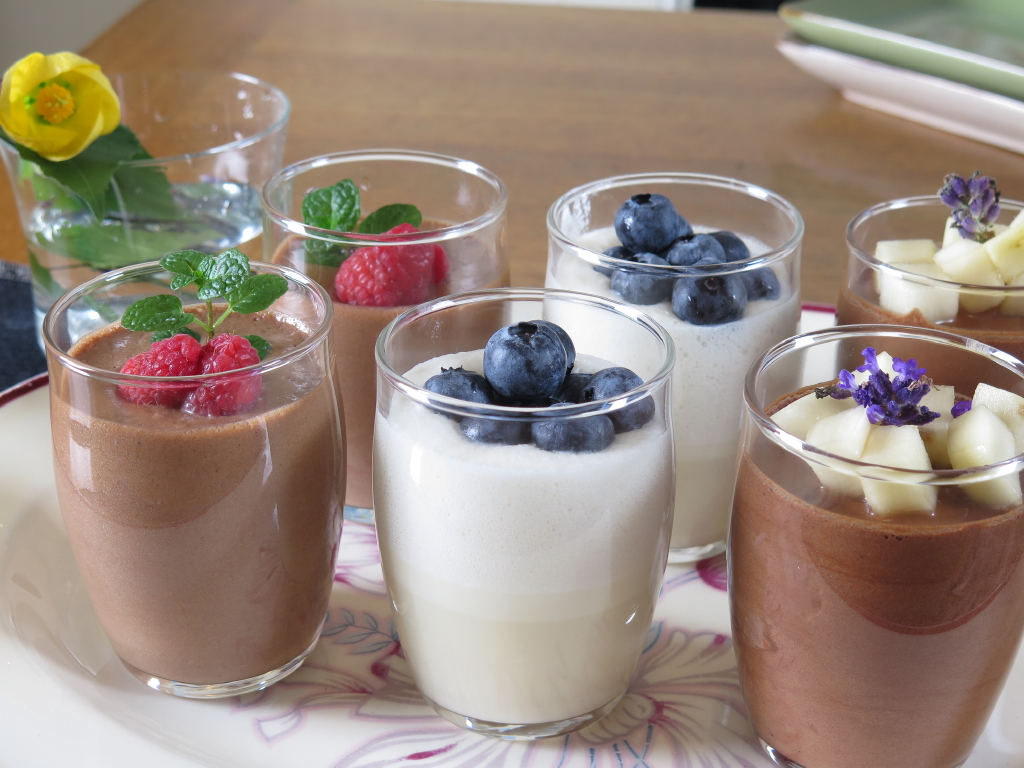From Fermented Drink to Smooth-textured Bars
Our love of chocolate goes back at least 3000 years to South and Central America, where a fermented beer-like drink was made from the sweet, milky pulp surrounding the cacao beans. Later, the trees were grown by the Maya and then the Aztecs, who used the fire-roasted beans in a beverage that was considered an aphrodisiac. Cocoa beans were in such demand that they became a form of currency, and in the 1500s, one bean could buy a ripe avocado, 30 beans a small rabbit, and 100 beans a slave.
When the Spanish Conquistador Cortés was served a cup of xocolatl (“bitter water”) in 1519 by the Aztec ruler Montezuma, it was nothing like today’s chocolate beverages. The dried, roasted cacao nibs were ground into a paste and mixed with hot peppers, spices and dried flowers. It was bitter, lumpy, typically served cold, and solely for men of high status.
Although Columbus first introduced cocoa beans to Europe decades earlier, when Cortés brought the beans home to Holy Roman Emperor Charles V and added sugar and vanilla to the xocolatl recipe, a more user-friendly beverage was launched. This new “health” craze spread throughout Europe, first among the social elite… and a new era in chocolate began.
In 1828, Dutch chocolate entrepreneur Casparus Van Houten, Sr. developed a machine to press almost half of the fat out of cocoa beans, making it possible to create cocoa powder. Cocoa could now be blended with sugar and remixed with cocoa butter to form bars. Casparus’ son Coenraad developed a way to make the powder less bitter and more water soluble; the result – Dutch process cocoa.
The mid-1800s saw many innovations in chocolate making. The first chocolate bar is believed to have been created in 1847 by J.S. Fry and Sons of England. Swiss candlemaker Daniel Peter created the first milk chocolate bar in 1875 with the help of Henri Nestlé, who devised a way to make powdered milk. Rudolphe Lindt invented conching, where chocolate solids are heated and ground for a smooth texture. Many well-known chocolate brands got their start at this time.
The latest major achievement was in 1912, when Belgian manufacturer Jean Neuhaus developed a technique for making bonbons, the popular filled and chocolate-dipped confections.









